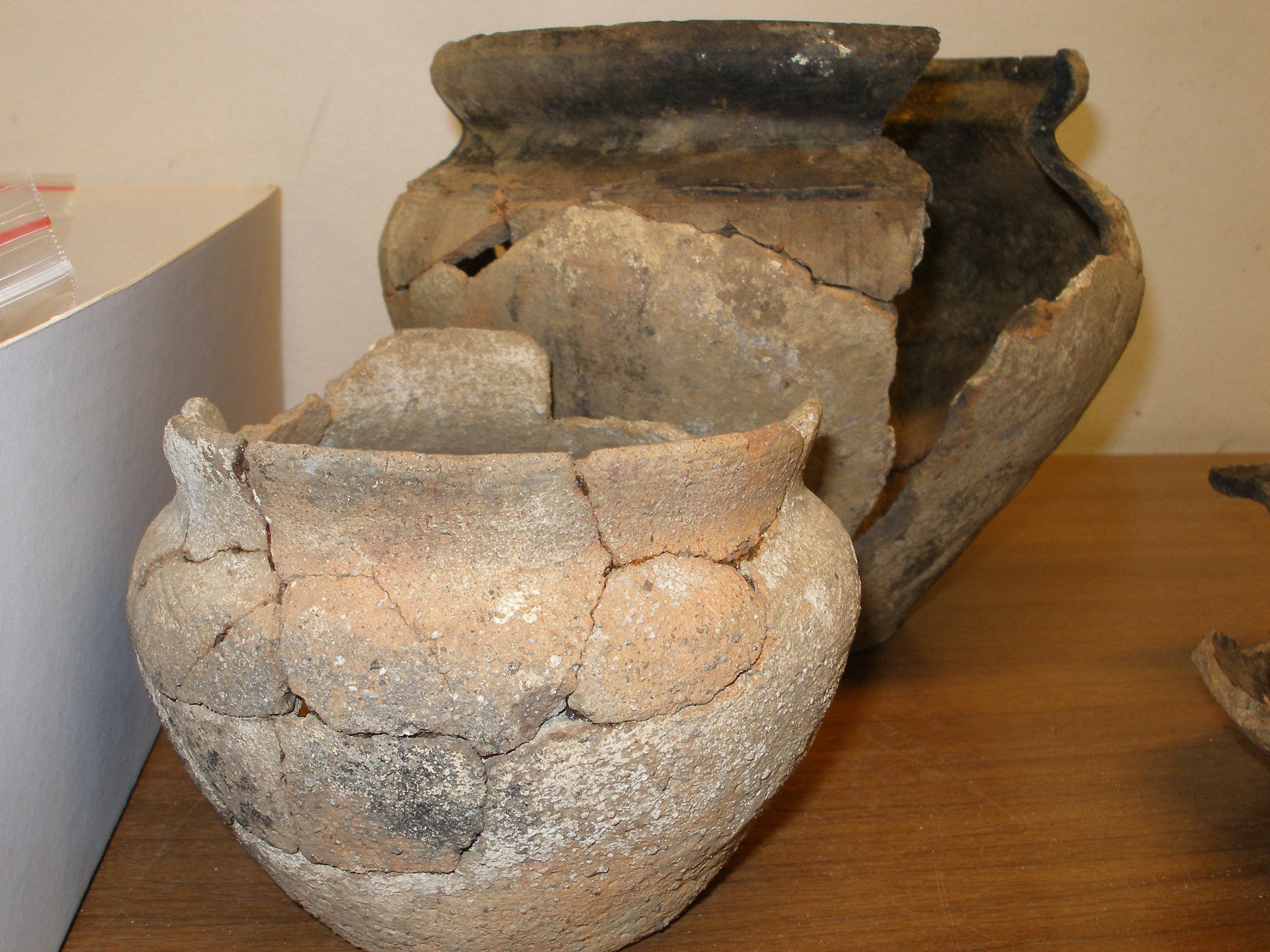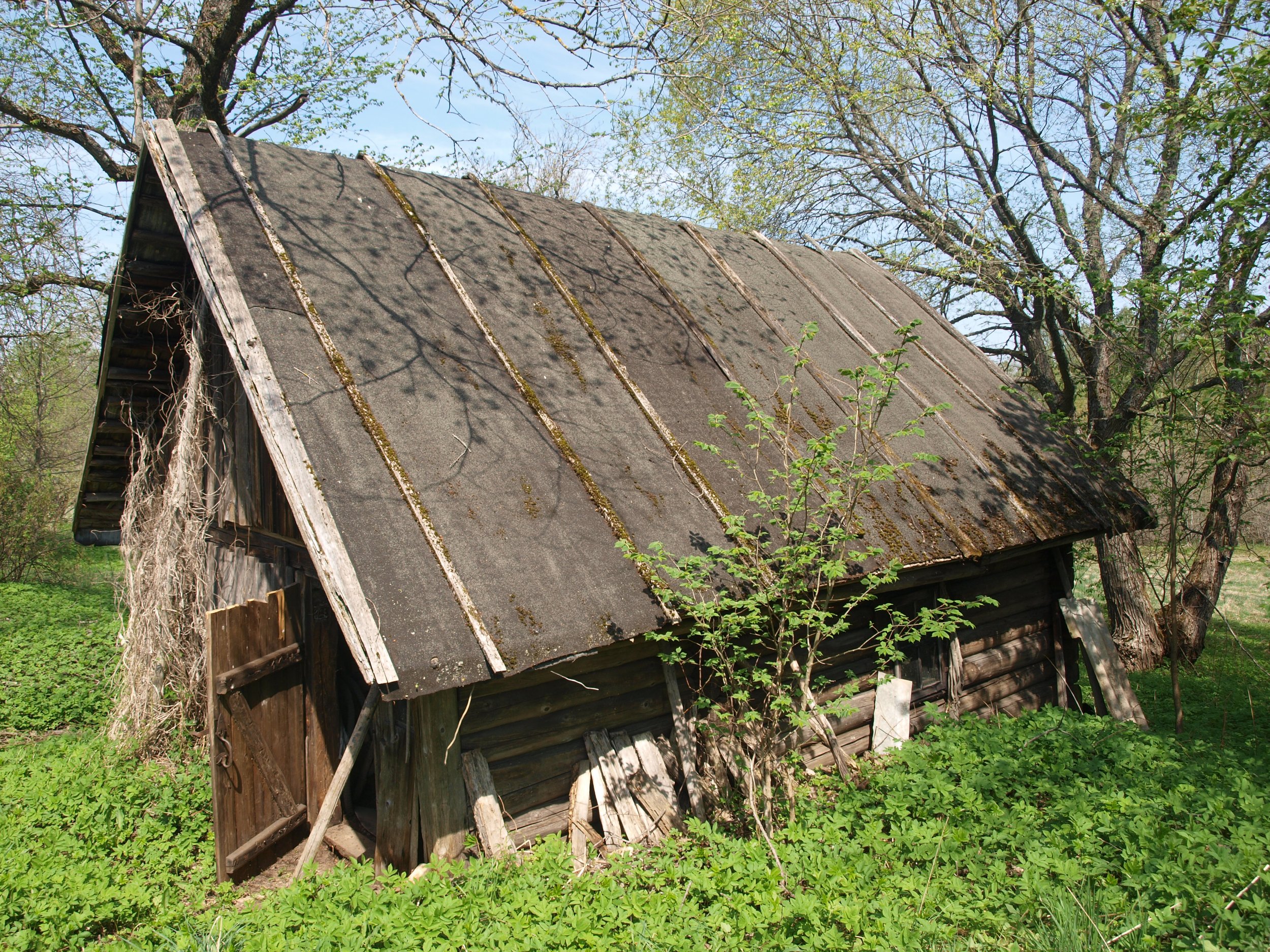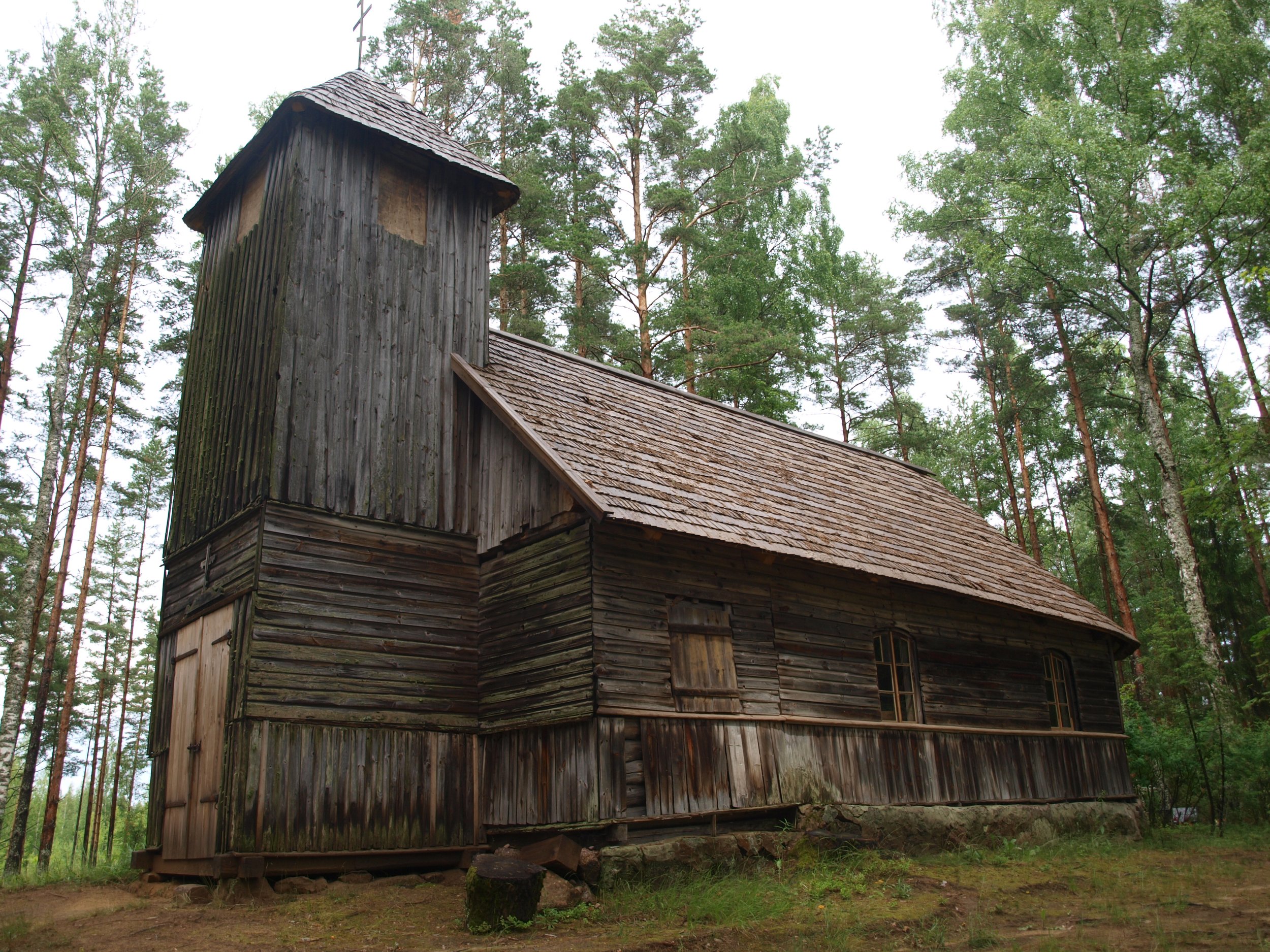OBJECTS AND TIME: CHANGES AND ETERNITY
Autor:
Kurmo Konsa
Year:
Anno 2017/2018
Category:
Preservation
Summary
In this article, I discuss the categories of time and space in light of heritage preservation. I demonstrate that heritage creation is simultaneously the creation of human time and space and that critical treatment of heritage requires a more specific analysis of these terms. Although change is central to the conservation theory, it is also a concept that raises the greatest doubts and ambiguous interpretations. The reason for this is very simple: change is related to as foundational a concept as time. In this article, I use metaphysical time models to analyse the life course of things, their damage, and in the end I also refer to conservation theories derived from Eugène Viollet-le-Duc and John Ruskin. The essential difference between the conservation theories discussed here lies in their attitudes toward time, and the related problems of object authenticity and identity. In the framework of the presentist model, it is not possible to solve the main contradiction connected to restoration. Stylistic restoration ruined the authenticity of buildings as historic documents; however without restoration, the objects would have been destroyed and thereby also lost their historic value. However, it is possible to find a solution to this dilemma based on the eternalist time model, which helps connect heritage to contemporary time, and avoid its physical, legal, and mental separation from everyday life of society. The fact that considering objects as part of heritage could damage them instead of preserving them should also not be overlooked. The authenticity of an object is not related to any ideal state in its history but to a conceptual, factual and actual state in its wholeness.
REFERENCES:
Maiste 2009. Aeg ruumis ja ruum ajas. Tagasi asjade juurde. – Aeg ja ruum. Uue muinsuskaitse poole. Tallinn; Eesti Kunstiakadeemia, lk 9–16, 10.
Eesti keeles saab kena ülevaate ajateooriatest järgmisest artiklist: Bruno Mölder. 2013. Aja kolm metafüüsilist mudelit. – Verš, E., Nemliher, R., Amon-Veskimeister, L., Truuver, K., Ehrlich, K. (Toim.). Aeg. Tartu: Eesti Looduseuurijate Selts. (Schola Geologica; IX), lk 58–73. Artiklist leiab ka viited uuematele võõrkeelsetele ajakäsitlustele.
Barbara Appelbaum. 2007. Conservation Treatment Methodology. Amsterdam, Boston et al: Butterworth-Heinemann, lk 123–124.
Cesare Brandi. 2000. Teoria del restauro. 2 ed. Turin: Einaudi, lk 21–27.
Vt lähemalt: Kurmo Konsa. 2014. Laulupidu ja verivorst: 21. sajandi vaade kultuuripärandile. Tartu: Tartu Kõrgem Kunstikool.
Vt nt Nicolaus Pevsner. 1969. Ruskin and Viollet-le-Duc: Englishness and Frenchness in the Appreciation of Gothic Architecture. London: Thames and Hudson; Thordis Arrhenius. 2012. The Fragile Monument – On Conservation and Modernity. Artifice Books. Eestikeelse ülevaate konserveerimise-restaureerimise keerukast arenguteest saab raamatust: Jukka Jokilehto. 2010. Arhitektuuri konserveerimise ajalugu. Tallinn: Eesti Kunstiakadeemia.
Eugène Viollet-le-Duc. Dictionnaire raissone de l´Architecture francaise du XI au XV siècle. Édition BANCE — MOREL de 1854 à 1868. Restaureerimist käsitletakse 8. köites. https://fr.wikisource.org/wiki/Dictionnaire_raisonn%C3%A9_de_l%E2%80%99architecture_fran%C3%A7aise_du_XIe_au_XVIe_si%C3%A8cle. Ingliskeelne tõlge on kättesaadav:https://ia902708.us.archive.org/8/items/onrestorationby00wethgoog/onrestorationby00wethgoog.pdf
Thordis Arrhenius. 2012. The Fragile Monument– On Conservation and Modernity. Artifice Books, lk 63–64.
Aaron Vinegar. 2006. Viollet-le-Duc and Restoration on the Future Anterior. – Future Anterior, Vol 3, nr 2, lk 55–65.
John Ruskin. [1849] 2013. Arhitektuuri seitse lampi. Tartu: Ilmamaa, lk 263.
John Ruskin. [1849] 2013. Arhitektuuri seitse lampi. Tartu: Ilmamaa, lk 260–261.
Thordis Arrhenius. 2012. The Fragile Monument – On Conservation and Modernity. Artifice Books, lk 84.
Richard L. Syein. 2001. Unstable Foundations: Ruskin and the Costs of Modernity. – Ruskin and Modernism. Ed. by Giovanni Cianci and Peter Nicholls. Palgrave, lk 5.



